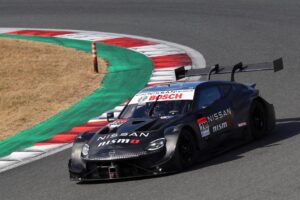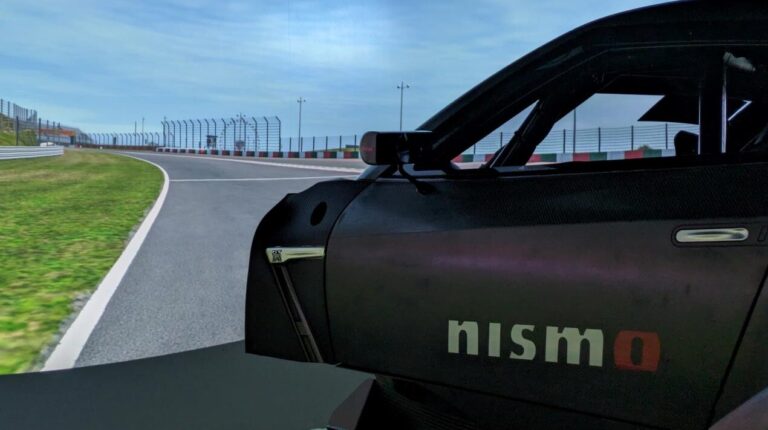Nismo, the motorsport division of Nissan, has selected rFpro as its driver-in-the-loop (DIL) simulation software provider for the development of the race cars across its racing programs, including Super GT.
rFpro is an engineering-grade simulation environment designed for the automotive and motorsport industries. Central to its software is TerrainServer, a high-definition road surface model created using lidar scan data. This model is designed to capture surface details with an accuracy of 1cm horizontally and 1mm vertically, providing a high correlation with real circuit road surfaces.
This enables accurate simulation of vehicle dynamics, and ride and secondary ride experiments to be carried out in real time on DIL simulators.
“We chose rFpro because of its high-quality graphics and engineering-grade track models, which are key elements for DIL simulation for vehicle development and to immerse the driver,” said Motohiro Matsumura, director of Nismo.

With the increasing reliance on common components and balance of performance adjustments in some series, optimizing vehicle configuration has become a crucial performance differentiator. Additionally, with restrictions on track testing, simulation plays an important part in enabling motorsport teams to refine their development and adjustment processes.
“rFpro’s high-definition road surface model provides critical tire contact patch feedback to the drivers,” continued Matsumura. “This enables our engineering department to receive more accurate performance and driveability assessments from the drivers than would otherwise be possible. One of the key reasons we chose rFpro is because the HD road surface is built to Nismo’s demanding standards.”
In addition to ensuring geometrical precision, rFpro’s art team has endeavored to make each digital model aesthetically realistic. This higher level of immersion is designed so that drivers react and drive as they would on the actual track.
“Our drivers have commented that since adopting rFpro, the graphics and high-definition road surface are very close to reality and that eye strain has been significantly reduced,” said Matsumura.



